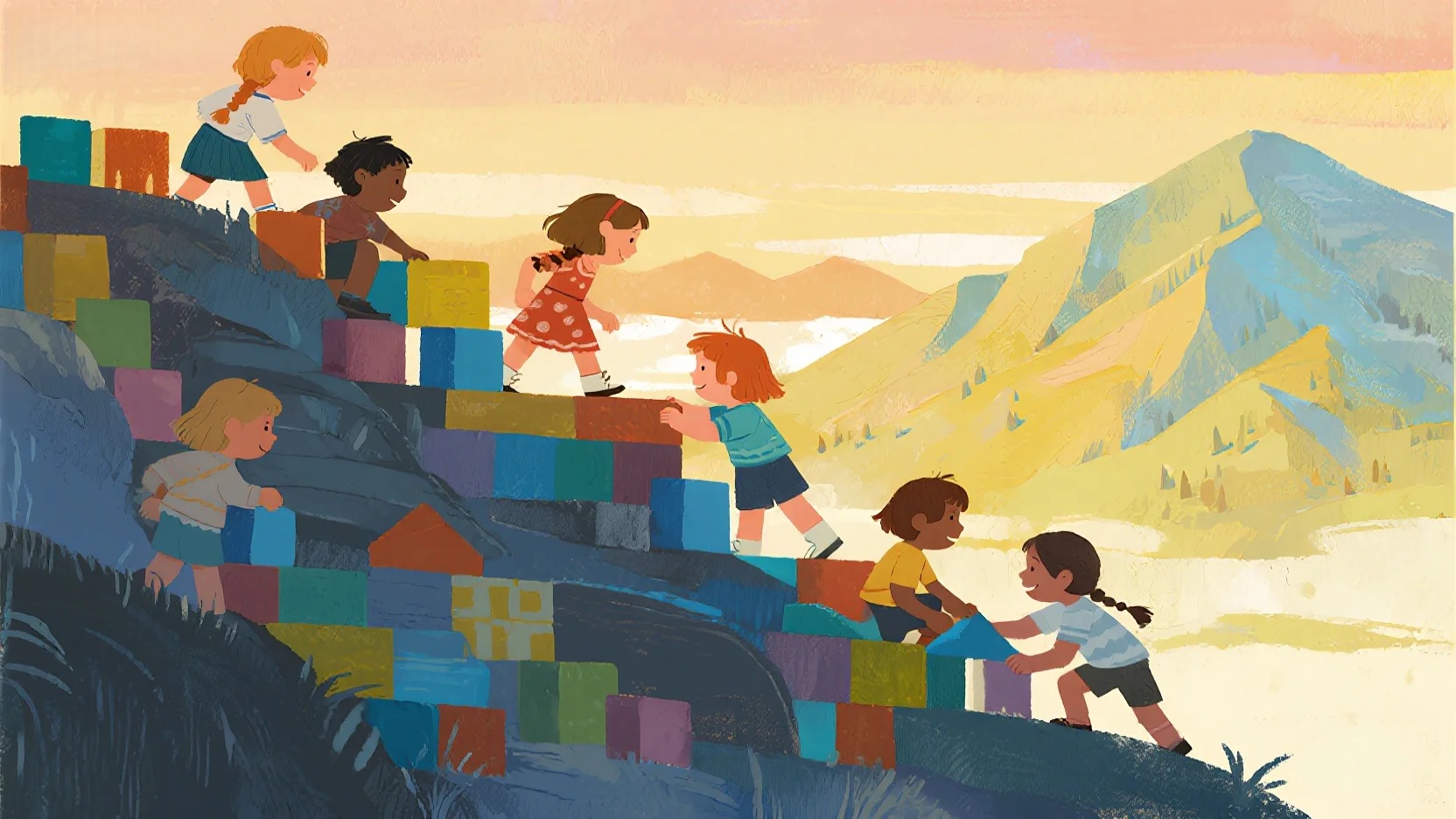Resilience is the ability to bounce back from challenges and adapt to adversity. Here’s exactly how to teach this crucial life skill to children at different developmental stages:
1. Teaching Problem-Solving Skills (Concrete Steps)
For Younger Children (3-6 years):
- •Use the “Stop-Think-Do” method:
- 1.Stop: “Let’s pause and take a deep breath”
- 2.Think: “What’s the problem? What could we try?”
- 3.Do: “Let’s test your idea!”
- •Practice with simple scenarios: “Your tower fell down. What could you do next?”
For Older Children (7+ years):
- •Teach the STAR method:Stop and calm downThink of solutionsAct on the best oneReview how it worked
- •Use real-life examples: “You forgot your homework. What are 3 possible solutions?”
2. Developing Emotional Regulation (Detailed Techniques)
A. Naming Emotions:
- •Use “feeling thermometers” (1-10 scales)
- •Play emotion charades
- •Create “mood meters” with colors and faces
B. Calming Strategies:
- •Physical: “5-4-3-2-1” grounding (name 5 things you see…)
- •Breathing: “Flower breathing” (smell flower, blow out candle)
- •Sensory: Stress balls, calm-down jars
3. Fostering Growth Mindset (Specific Language)
| Instead of: | Say: | Why: |
|---|---|---|
| “You’re so smart!” | “I saw how you kept trying!” | Praises effort |
| “This is easy!” | “This is challenging now, but you’re learning!” | Normalizes struggle |
| “You’re wrong.” | “That’s an interesting approach! What else could we try?” | Encourages exploration |
4. Building Independence (Age-Appropriate Tasks)
Toddlers (2-3):
- •Choose clothes
- •Put toys away
- •Pour water (with help)
Preschoolers (4-5):
- •Make simple snacks
- •Dress themselves
- •Feed pets
School-Age (6+):
- •Pack school bags
- •Do basic chores
- •Manage small responsibilities
5. Creating Support Systems (Practical Implementation)
Family Support:
- •Weekly “problem-solving circles”
- •”High-Low” sharing at dinner
- •Family coping strategies board
Community Support:
- •Arrange playdates with diverse peers
- •Connect with mentors (coaches, teachers)
- •Participate in team activities
6. Practicing Resilience (Real-World Applications)
Controlled Challenges:
- •Board games with changing rules
- •”Obstacle courses” with solvable problems
- •Cooking projects with room for error
Reflection Practices:
- •”What worked?” journals
- •”Challenge of the week” discussions
- •”Mistake celebrations” (share failures and lessons)
7. Modeling Resilience (Parent Behaviors)
Demonstrate:
- •Talking through your problem-solving aloud
- •Showing appropriate emotional expression
- •Sharing stories of overcoming past challenges
Avoid:
- •Hiding all stress
- •Perfectionism
- •Solving all problems for them
Troubleshooting Common Issues
When children:
- •Give up easily → Scale back difficulty, celebrate small wins
- •Avoid challenges → Normalize struggle, share your own stories
- •Get extremely frustrated → Teach calming techniques first
- •Fear mistakes → Create “safe failure” opportunities
Age-Specific Considerations
Toddlers:
- •Focus on emotional vocabulary
- •Keep challenges very short
- •Provide immediate comfort
Elementary:
- •Balance independence with support
- •Use concrete examples
- •Make it playful
Teens:
- •Respect autonomy
- •Discuss real-world applications
- •Connect to future goals
Assessment Tools
Track progress through:
- •Resilience checklists
- •Behavior observations
- •Child self-reports
- •Teacher feedback
This comprehensive approach combines psychological research with practical, actionable steps. The key is consistent practice across multiple contexts – at home, school, and in social situations. Remember that resilience develops gradually through repeated experiences of facing and overcoming manageable challenges.








